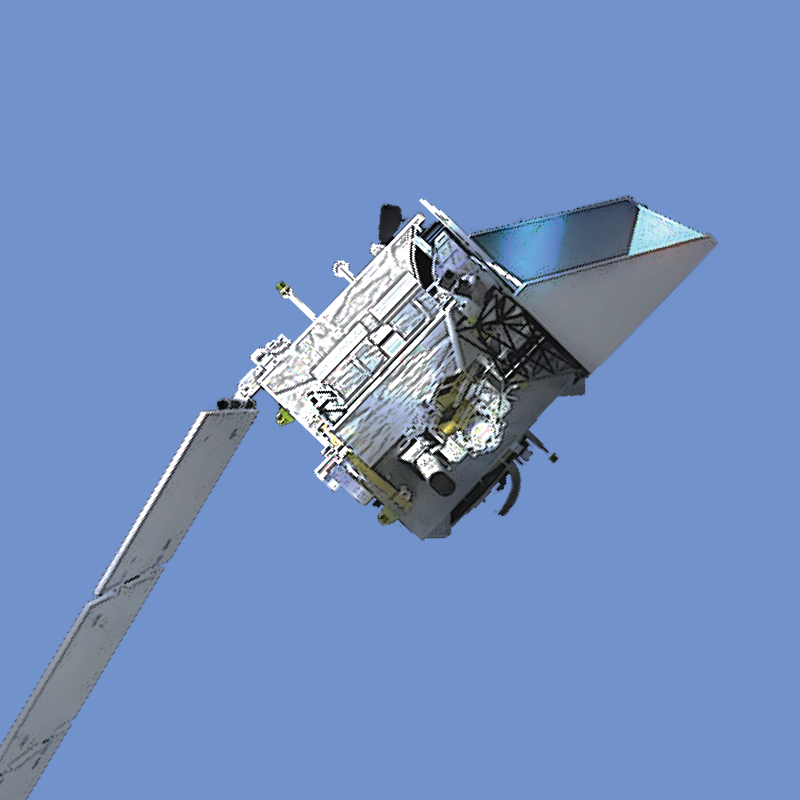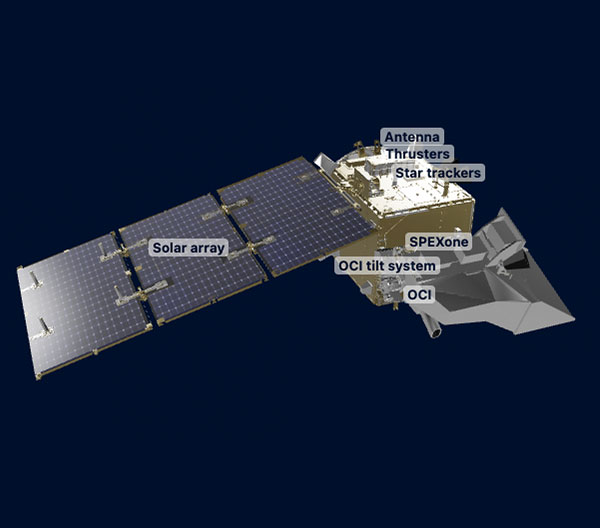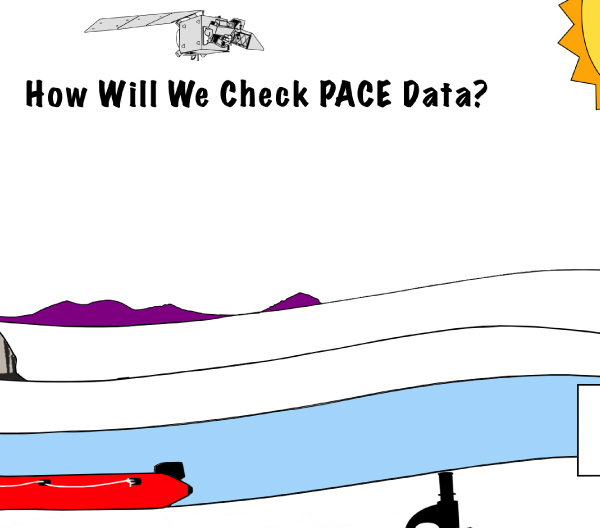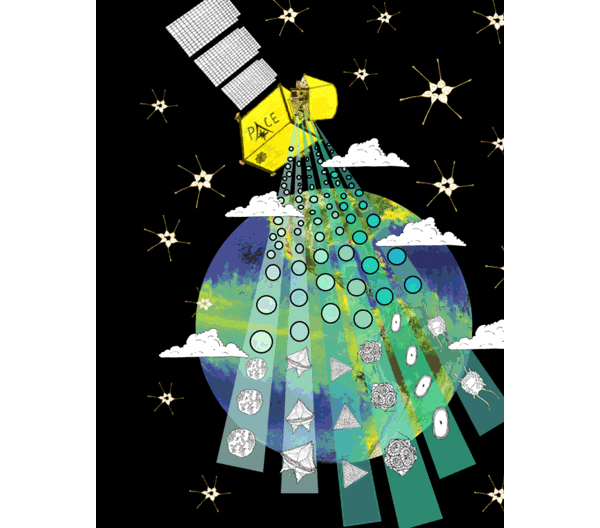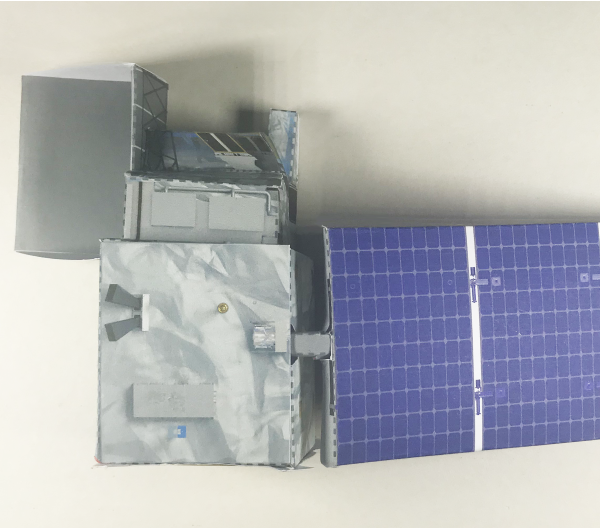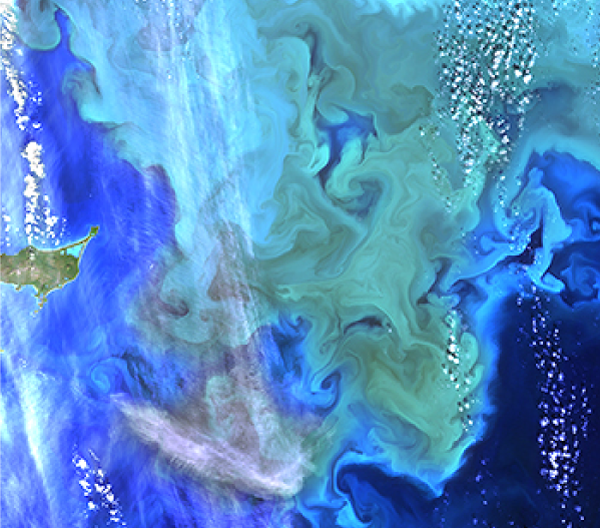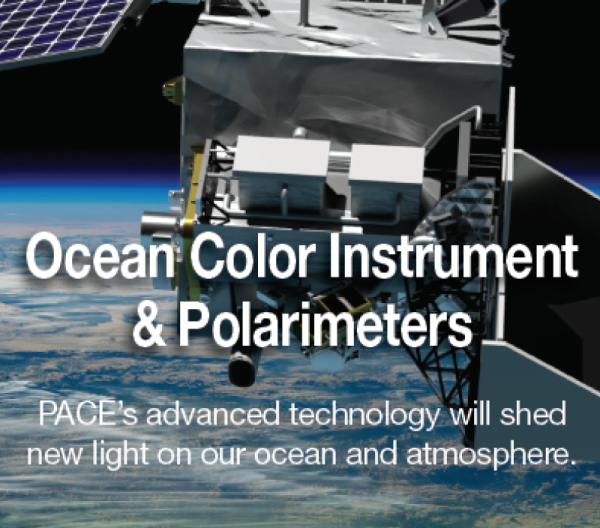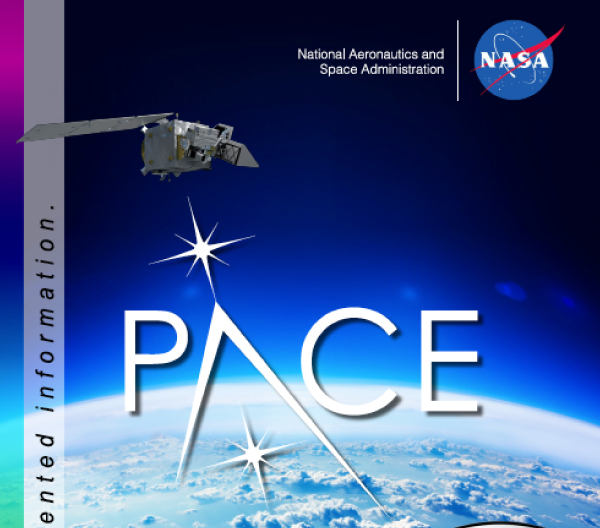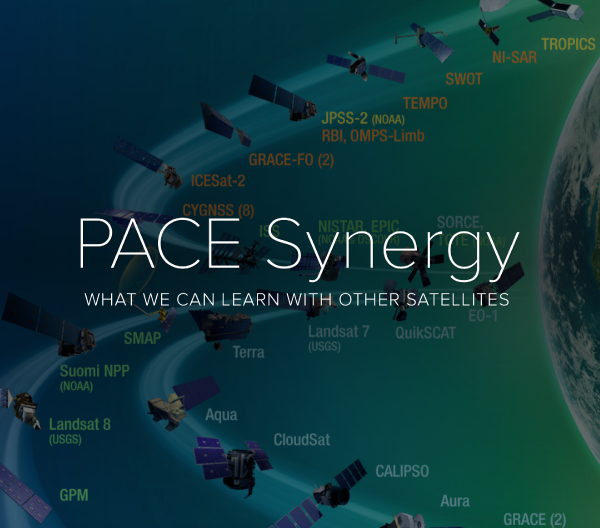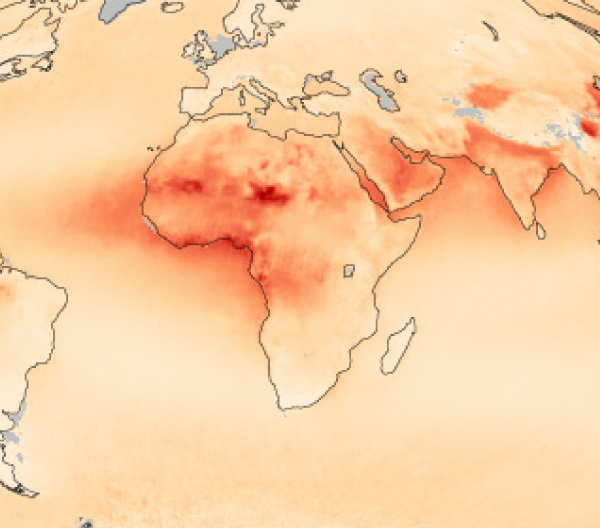Oh, that's a great question. There are many tests we want to do. The first type of tests are called performance testing. These tests make sure the instrument can gather the right amount of data, with the right calibration and the error bands that we want. So, one way we do that is we use a laser. We have a system called
GLAMR (Goddard Laser for Absolute Measure of Radiance) that is a tunable laser and that allows us to tune the wavelength of light that goes into the instrument. This makes us sure that the instrument can measure those particular wavelengths. So we use those types of performance tests to make sure the instrument can collect the light that we want. So that's one type of testing.
Another type of testing we do is to make sure that the instrument can survive the rigors of launch and the space environment. So for those types of tests we will do a vibration test where we shake the instrument to make sure it stays together and doesn't fall apart during launch. We will also do thermal tests where we make the instrument very hot and then very cold and very hot and very cold to simulate the space environment as we orbit the earth to make sure it can survive.
So, in a nutshell, there are many tests I could go into, but we do performance tests and environmental tests.
Dr. Gary Davis, PACE Mission Systems Engineer, NASA Goddard Space Flight Center in Beyond Blue: Why Ocean Color Really Matters (30-Apr-19).
